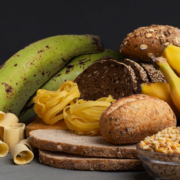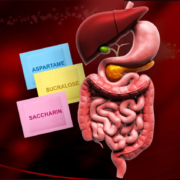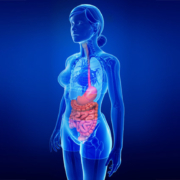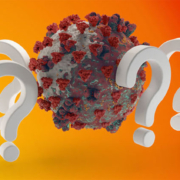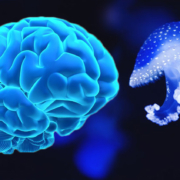Bioavailability Begins with Digestion
Last Saturday’s Memo introduced a new concept: a systems approach to nutrition. One term that gets bounced around a lot related to dietary supplements or different types of food is bioavailability. Claims are made that “this form of our supplement is 10 times more bioavailable than that form.” It sounds so simple, right? It’s not—we’ll spend this week looking at all that’s involved in bioavailability. It begins with the entire digestive system.
Digestion is the process of breaking down a food or nutrient for absorption. There may be plenty of a nutrient consumed, but it has to be broken down into a form that can be absorbed. That begins in the mouth by chewing, and then the action really heats up in the stomach; acids are released to break the food into smaller molecules, if required. After leaving the stomach, the digestive enzymes begin to work on the food to continue the process. If it’s a nutrient from a supplement, it may be absorbed as it is or it may need to be modified biochemically. As the nutrient continues through the small and the large intestine, it may require a modification by bacteria before it can be absorbed.
There are many points in the process that can affect absorption. Does a person’s stomach release enough acid? Does the pancreas make enough digestive enzymes? Is there enough food that provides chelating agents for minerals? Is the microbiome healthy enough to continue the breakdown of the nutrient? You can see how the system can be affected in numerous places. But we’re not done yet. On Thursday, we’ll talk about absorption.
What are you prepared to do today?
Dr. Chet
Reference: http://bit.ly/2raDviy


